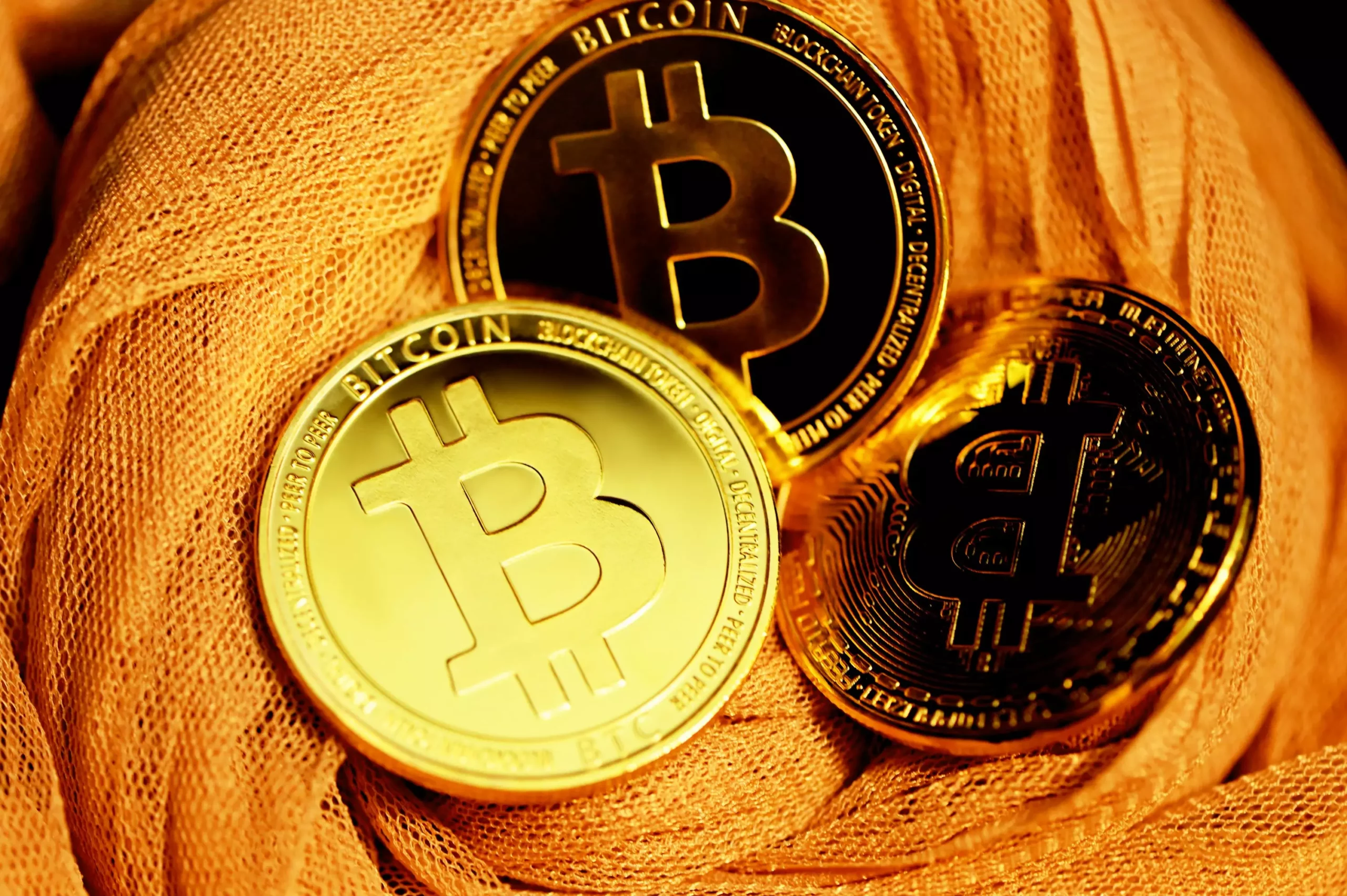MicroStrategy’s recent decision to allocate nearly half a billion dollars into Bitcoin epitomizes audacity—if not outright recklessness. Purchasing 4,980 BTC at an average price of $106,801 per coin, the company now holds a colossal 597,325 BTC, worth over $64 billion at current market values. This move is not merely a prudent investment; it reflects an aggressive stance that borders on hubris. Leaders like Michael Saylor seem to believe that Bitcoin’s future trajectory justifies such risks, but this scale of exposure exposes MicroStrategy to profound vulnerabilities.
While proponents tout this as a visionary embrace of decentralization and technological sovereignty, critics rightly question if this gamble is sustainable or if it risks destabilizing the company’s financial footing. Throwing nearly $43 billion into an asset known for its volatility is a high-stakes game, especially when market sentiment can shift swiftly. Should Bitcoin experience a correction—common in its history—the fallout for MicroStrategy could be severe, questioning whether the company has overestimated Bitcoin’s long-term resilience.
Market Consequences: From Confidence to Cffected Volatility
MicroStrategy’s bullish accumulation has not occurred in isolation. Their purchase has catalyzed a trend among other corporations, with over 130 firms now owning Bitcoin as part of their treasury strategy. From private companies like The Blockchain Group in Europe to media giants and even established retail brands, this wave of adoption signals a shift—one driven by the allure of Bitcoin’s potential growth but fraught with systemic risks.
What warrants scrutiny is whether this collective rush inflates a perceived safety net where there may be none. For many, owning Bitcoin is a hedge against inflation or a forward-looking hedge on financial sovereignty; for others, it’s gambling on an unstable asset that could plummet at a moment’s notice. The fact that publicly traded firms are effectively bet contributing a significant slice of their net worth on Bitcoin’s continued rally raises alarms. It questions whether this rally is based on fundamental strength or just bullish hysteria, ripe for a correction.
The Broader Cryptocurrency Ecosystem: A Fragile Bubble
The rush to include Bitcoin in strategic reserves is symptomatic of an overheated market. Exchanges like Gemini, in response, are tokenizing stocks—such as Strategy’s shares—making Bitcoin-based assets more accessible but potentially more speculative. As Bitcoin approaches record territory—estimated to hit $109,000 or even breach $112,000—there’s a rising risk of short-term price polarization.
Liquidity pools showing nearly $50 million stacked at $109,500 illustrate the market’s hesitation. Many traders anticipate a short-term pullback before Bitcoin attempts to breach critical resistance levels that could trigger a significant rally or a sharp correction. The recent buying frenzy, fueled in part by institutional investments, might now be on the brink of an unsustainable surge. As history has shown, market bubbles often burst once expectations become detached from underlying fundamentals.
The Danger of Overconfidence in a Volatile Asset
While some appreciate Bitcoin as the future of financial sovereignty, overconfidence in its uninterrupted ascent is perilous. MicroStrategy’s massive holdings may give them a false sense of security, but it also places the company in a precarious position should Bitcoin’s price stumble or face regulatory crackdowns. Institutional adoption may lend credibility temporarily, but markets are inherently unpredictable.
The allure of these gains—19.7% year-to-date for MicroStrategy, with unrealized gains topping $21.6 billion—can blind investors to the risks lurking beneath the surface. The sector’s history of price swings, sudden crashes, and regulatory interventions suggests that reliance on Bitcoin’s upward momentum is a recipe for volatility. Such risky leverage and concentrated holdings are not signs of stability—they are potential flashpoints for market turbulence that could ripple across all sectors involved.
This unrelenting pursuit of Bitcoin’s promised riches may fuel a self-fulfilling prophecy—yet, without caution, it also risks leaving many blindsided when the market finally corrects. The current rally might look unstoppable, but markets have a graceless way of humbling even the most confident players. Will this be the domino that triggers a broader financial correction? Only time will tell, but one thing is clear: betting the farm on Bitcoin’s relentless rise is a gamble that could cost more than just money.

